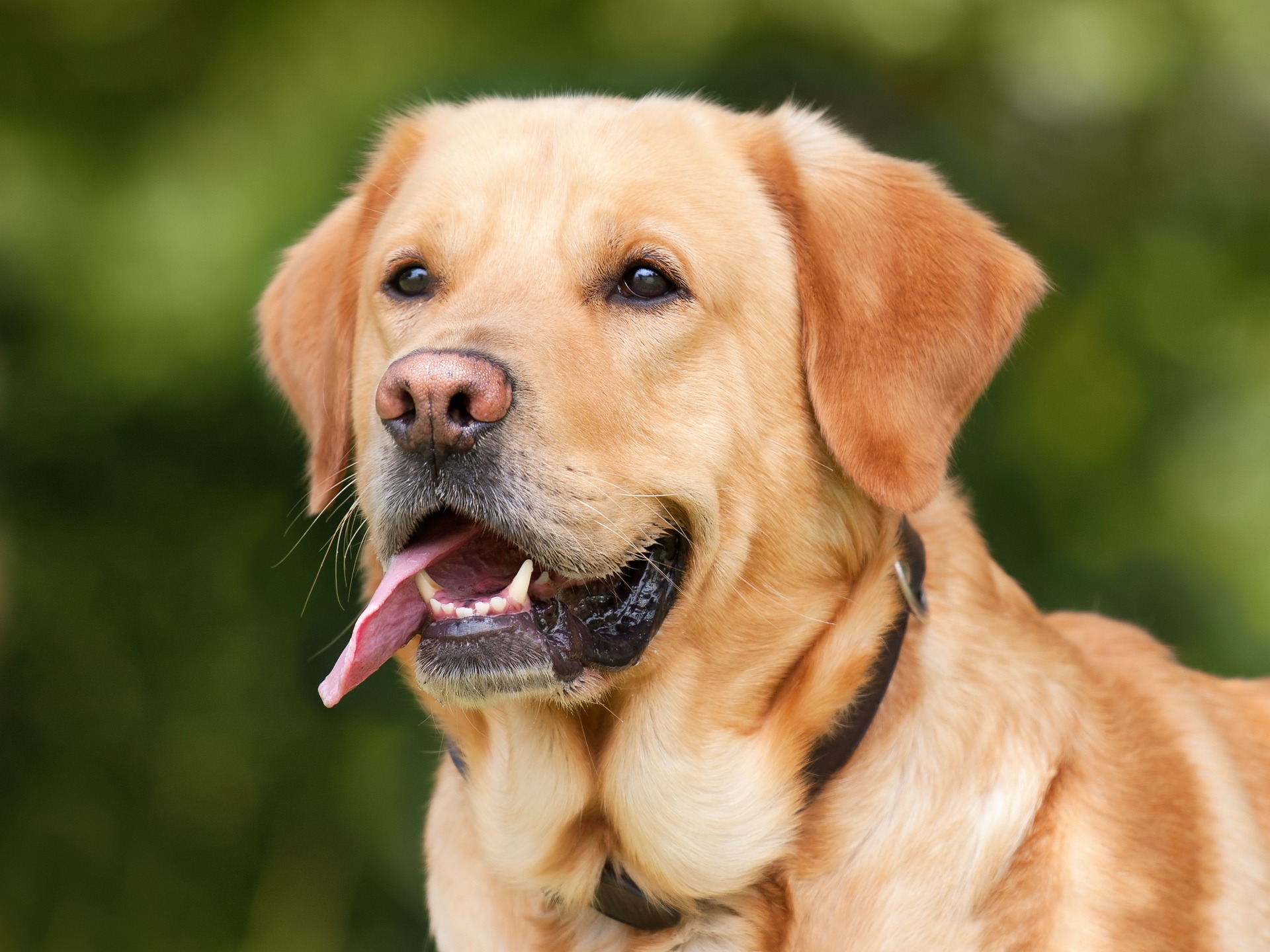February 16, 2012
February 16, 2012
Despite the fact that there are thousands of proponents of the myth that  dogs’ mouths are cleaner than humans’, it remains a myth.
dogs’ mouths are cleaner than humans’, it remains a myth.
Veterinarian Marty Becker, author of Chicken Soup for the Dog Owner’s Soul, notes that the myth probably stems from the fact that dogs do lick their wounds, causing them to heal quickly; however, this healing process is merely accelerated by dead tissue removal, not by some powerful antiseptic located in the dog’s saliva.
While some dog owners might want to believe the myth in order to remain in control of their sanity when they receive a smooch from their pooch, others are mortified.
Even more upsetting? Dental health isn’t a matter we can leave up to feeling. In fact, According to the American Veterinary Dental Society (AVDS), 80 percent of domesticated dogs and 70 percent of cats have periodontal disease by three years of age, meaning dental care for pets is a must.
Dental health is serious stuff. Not only does it make the owners’ kissing fears that much worse, it can also have serious adverse effects on cats’ and dogs’ bodily systems aside from the mouth.
Caused by bacteria, periodontal issues can harm the gums and teeth and move on to the heart, lungs, liver, kidneys, and even the brain without proper attention.
February is National Pet Dental Health Month. That’s right, there’s a whole month devoted to that slobbering, meowing, licking, chomping, snarling, smiling orifice. And rightly so—dental health is an area of your pets’ physiology that should never be ignored.
Of course, dental health is simpler to achieve with the help of a veterinarian, who can perform services like analytical radiographs and sealant procedures and recommend ingredients that are sure to keep tails wagging and kisses coming.
We can start with examining our own habits. First, we eat. Then, we brush. What happens when Fido eats? He licks his lips and takes a nap, letting the lovely grime of doggy food seep into his teeth and gums for hours at a time. Brushing a dog’s or cat’s teeth is the first step to maintaining dental health and one of the most simple and important ways to ensure general wellbeing.
While home care is necessary, the American Animal Hospital Association has set out strict guidelines that detail what type of dental care for pets is necessary. The AAHA recommends annual (at least) veterinarian-performed oral examinations and dental cleanings, under general anesthesia. This guideline applies to all adult dogs and cats– starting at age one for cats and small-breed dogs, and at age two for large-breed dogs.
December 22, 2014 | Uncategorized
If there’s one thing we know to be true about the holidays, it’s that the food is abundant. We mentioned in our last entry on safety that everyone should have a designated treat post that’s too high...

January 27, 2020 | Supplements
Do you love to cuddle and kiss your pet, but can’t stand their stinky breath? Your pet’s breath might be more than just a smelly nuisance. It could be a sign of other health problems affecting your...
February 04, 2021 | Supplements
As a pet owner, you do everything you can to take care of your pet’s wellbeing. You take them for walks to care for their physical health and all the time you spend together helps their emotional...

Copyright © 2023–present VetriScience. All rights reserved.